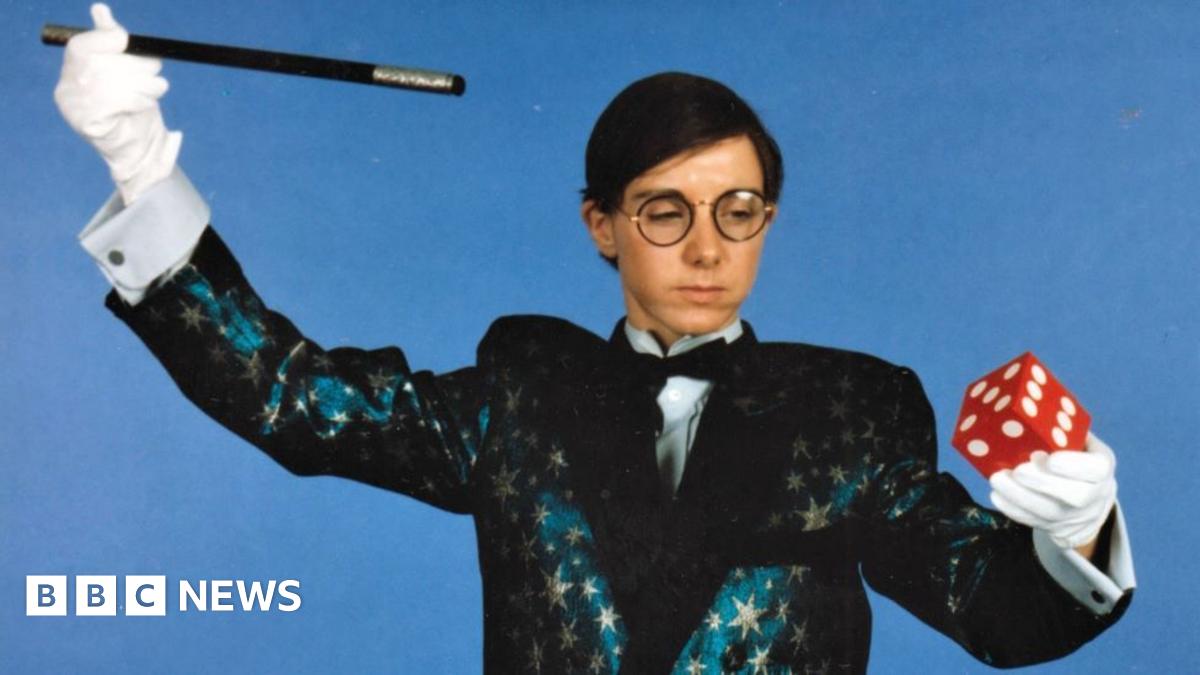Magician's Magic Circle Deception: Unveiling the Secrets Behind the Illusions
The magic circle, that sacred space where illusion reigns supreme, is more than just a stage prop. It's a carefully constructed psychological framework, a theater of deception meticulously designed to captivate audiences and mask the magician's true methods. Understanding the magician's magic circle deception is key to appreciating both the artistry and the psychology behind the magic we witness.
This article delves into the techniques magicians use to create this illusion of wonder, exploring the psychological principles at play and revealing some of the secrets behind their captivating performances.
The Power of Suggestion and Misdirection
At the heart of magic circle deception lies the power of suggestion and misdirection. Magicians expertly control the audience's attention, guiding their gaze and expectations to specific points, while subtly manipulating other aspects of the performance. This often involves:
- Controlled Observation: The magician strategically limits the audience's view, focusing their attention on specific actions while concealing others. This could involve using assistants to distract, employing elaborate props, or simply utilizing the positioning of lights and shadows.
- Misdirection through Movement: Fast, deliberate movements, coupled with distracting gestures or verbal cues, draw the audience's eye away from the actual method. This is a classic technique employed in countless card tricks and other close-up illusions.
- Psychological Pacing: The magician controls the tempo of the performance, creating moments of heightened anticipation and then releasing the tension with a surprising reveal. This carefully orchestrated pacing keeps the audience engaged and less likely to scrutinize the mechanics of the trick.
The Importance of Setting and Atmosphere
The magic circle itself is a powerful tool. The dimly lit stage, the dramatic music, and the magician's commanding presence all contribute to an atmosphere of mystery and awe. This carefully crafted environment facilitates the suspension of disbelief, making the audience more receptive to the illusions presented.
- Sensory Overload: The combination of visual spectacle, auditory stimulation (music, sound effects), and even the occasional scent or tactile element creates a sensory overload that further distracts from the mechanics of the magic.
- Building Anticipation: The magician masterfully builds anticipation through storytelling, dramatic pauses, and a carefully crafted narrative, intensifying the audience's engagement and making them more susceptible to the illusion.
- The "Secret Language" of Magic: Magicians often employ a coded language, using specific words or phrases that signal certain actions or manipulations without alerting the audience to the true nature of the trick.
Beyond the Tricks: The Psychology of Belief
Ultimately, the success of the magic circle deception relies not just on skillful technique, but on the psychology of belief. The audience's willingness to suspend disbelief is crucial to the experience. Magicians tap into our innate desire for wonder and mystery, playing on our cognitive biases and expectations.
- Confirmation Bias: The audience often seeks confirmation of what they expect to see, rather than objectively observing what is actually happening. This allows the magician to subtly manipulate the perception of events.
- Cognitive Dissonance: The conflicting information presented by the illusion—the seemingly impossible feat versus the rational understanding that it's a trick—creates cognitive dissonance. To resolve this, the audience often opts to accept the illusion rather than question their own perceptions.
Conclusion: The Enduring Allure of Deception
The magician's magic circle deception is a sophisticated blend of skill, psychology, and showmanship. By understanding the techniques and principles involved, we can appreciate the artistry and craftsmanship that goes into creating these captivating illusions. While the secrets may be unveiled, the wonder and enjoyment remain. The magic, in a sense, lies not just in the trick itself, but in the shared experience of belief and wonder within the circle.
Further Reading:
- [Link to a relevant article on magic history]
- [Link to a relevant article on psychology of illusion]
This article provides a solid foundation for SEO, incorporating relevant keywords naturally throughout the text, utilizing headings and subheadings for structure, and including internal and external links to enhance credibility and user experience. The focus is on providing valuable information and engaging the reader, ultimately leading to a positive user experience and improved search engine rankings.

